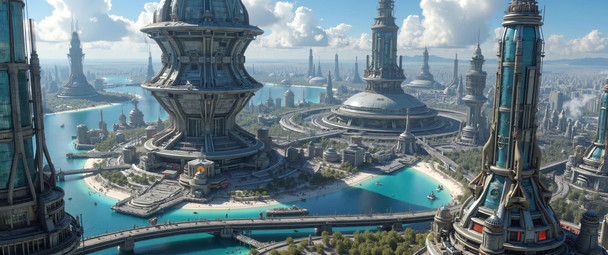HOME | DD
 LordOguzHan — Antarctic Base.
LordOguzHan — Antarctic Base.

#germany #nazi #antarcticbase
Published: 2018-08-11 10:07:39 +0000 UTC; Views: 10565; Favourites: 156; Downloads: 73
Redirect to original
Description
German Antarctic Expedition (1938–1939)[edit ]
The third German Antarctic Expedition (1938–1939) was led by Alfred Ritscher (1879–1963), a captain in the German Navy . The main purpose was to find an area in Antarctica for a German whaling station, as a way to increase Germany’s production of fat.Whale oil was then the most important raw material for the production of margarine and soap in Germany and the country was the second largest purchaser of Norwegian whale oil, importing some 200,000 metric tonnes annually. Besides the disadvantage of being dependent on imports , it was thought that Germany would soon be at war, which was considered to put too much strain on Germany’s foreign currency reserves . Another goal was to scout possible locations for a German naval base.[3]
1938–1939 expedition logo
On 17 December 1938 the New Swabia Expedition left Hamburg for Antarctica aboard the MS Schwabenland (a freighter built in 1925 and renamed in 1934 after the Swabia region in southern Germany) which could also carry and catapult aircraft. The secret[3] expedition had 33 members plus the Schwabenland's crew of 24. On 19 January 1939 the ship arrived at the Princess Martha Coast , in an area which had lately been claimed by Norway as Queen Maud Land and began charting the region. Nazi German flags were placed on the sea ice along the coast. Naming the area Neu-Schwabenland after the ship, the expedition established a temporary base and in the following weeks teams walked along the coast recording claim reservations on hills and other significant landmarks. Seven photographic survey flights were made by the ship’s two Dornier Wal seaplanes named Passat and Boreas.[1] [4] About a dozen 1.2 meter-long aluminum arrows, with 30 centimeter steel cones and three upper stabilizer wings embossed with swastikas, were air dropped onto the ice at turning points of the flight polygons (these arrows had been tested on the Pasterze glacier in Austria before the expedition).[1] [4] [5] Eight more flights were made to areas of keen interest and on these trips some of the photos were taken with colour film. Altogether they flew over hundreds of thousands of square kilometres and took more than 16,000 aerial photographs, some of which were published after the war by Ritscher. The ice-free Schirmacher Oasis , which now hosts the Maitri and Novolazarevskaya research stations, was spotted from the air by Richardheinrich Schirmacher (who named it after himself) shortly before the Schwabenland left the Antarctic coast on 6 February 1939.
On its return trip to Germany the expedition made oceanographic studies near Bouvet Island and Fernando de Noronha , arriving back in Hamburg on 11 April 1939. Meanwhile the Norwegian government had learned about the expedition through reports from whalers along the coast of Queen Maud Land.
From en.wikipedia.org/wiki/New_Swab…
Related content
Comments: 2

👍: 0 ⏩: 0

👍: 0 ⏩: 0

























